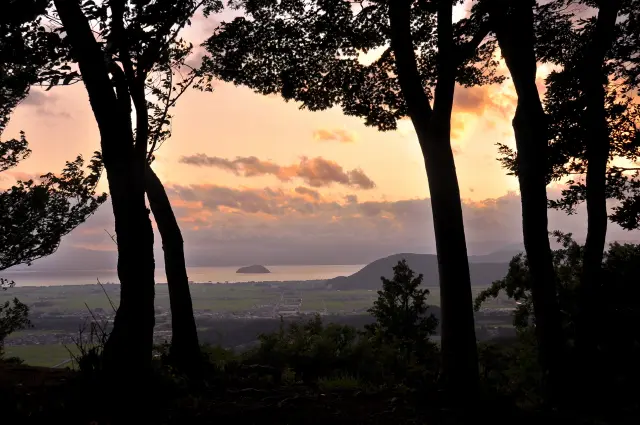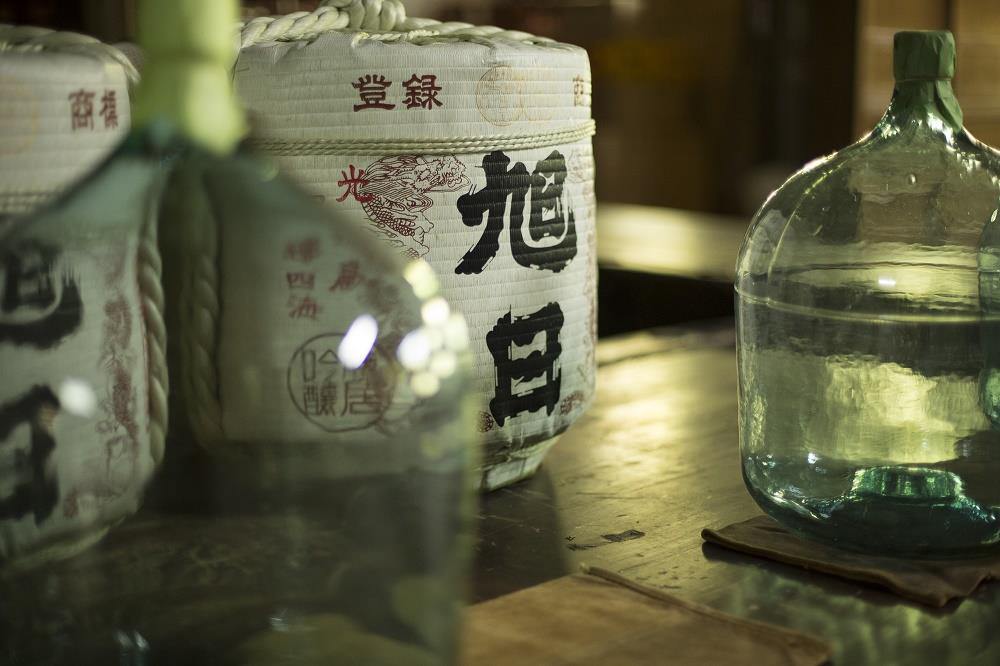
Tales of Sake in Shiga Japan's Culture of Fermentation
Last update
Tales of Sake in Shiga Japan's Culture of Fermentation
Some say that Japanese airports once smelled like pickles. Of course, each country has its own unique smell, which is apparent as soon as you arrive at their airports. Belgium—a country known for its delightful cuisine—for example, has a vivid, distinctive smell of cheese. Japanese pickles, of course, aren’t something that foreigners get used to straight away. That said, once their charms have been discovered, they tend to become a firm favorite.
Due to the large numbers of funa, or crucian carp, in Lake Biwa, the people of Shiga developed a fermented dish known as funazushi. It is a unique dish that even Japanese people have a hard time with, but once hooked, it keeps you coming back for more. While fermented foods are certainly not unique to Japan, there are a number of reasons for their popularity in the country—one is that they can be preserved, while another is their high nutritional value. In Japan, fermented freshwater fish dishes are also known as narezushi. Around Lake Biwa, it is not only crucian carp that are fermented, but fish like Japanese minnows, such as oikawa and hasu, as well as sweetfish, carp, Biwa trout, and even eel.
These fish can also be simmered in soy sauce and sugar, showing just how diverse the preserved food culture in Japan is. Huge volumes of freshwater fish can be caught in the summer, and so these dishes are also known as doyozuke (doyo meaning ‘before summer’ in this case).
Sake is also a fermented product, and unlike spirits such as whisky or brandy, it is rich in amino acids and can be good for health when consumed in moderation. Japan’s National Cancer Center even suggests that a moderate amount of sake can help stave off cancer. Perhaps, then, fermented products are a symbol of Japanese culture.
A Resilient Brewery Fujii Honke
A major highway linking the east and west of Japan lies to the east of Lake Biwa, and more than 100 years ago it is said to have been home to nearly 200 breweries. Over time, these breweries were gradually swallowed up and reduced in number, but one that has survived and developed alongside Japan's culture of fermentation is Fujii Honke.
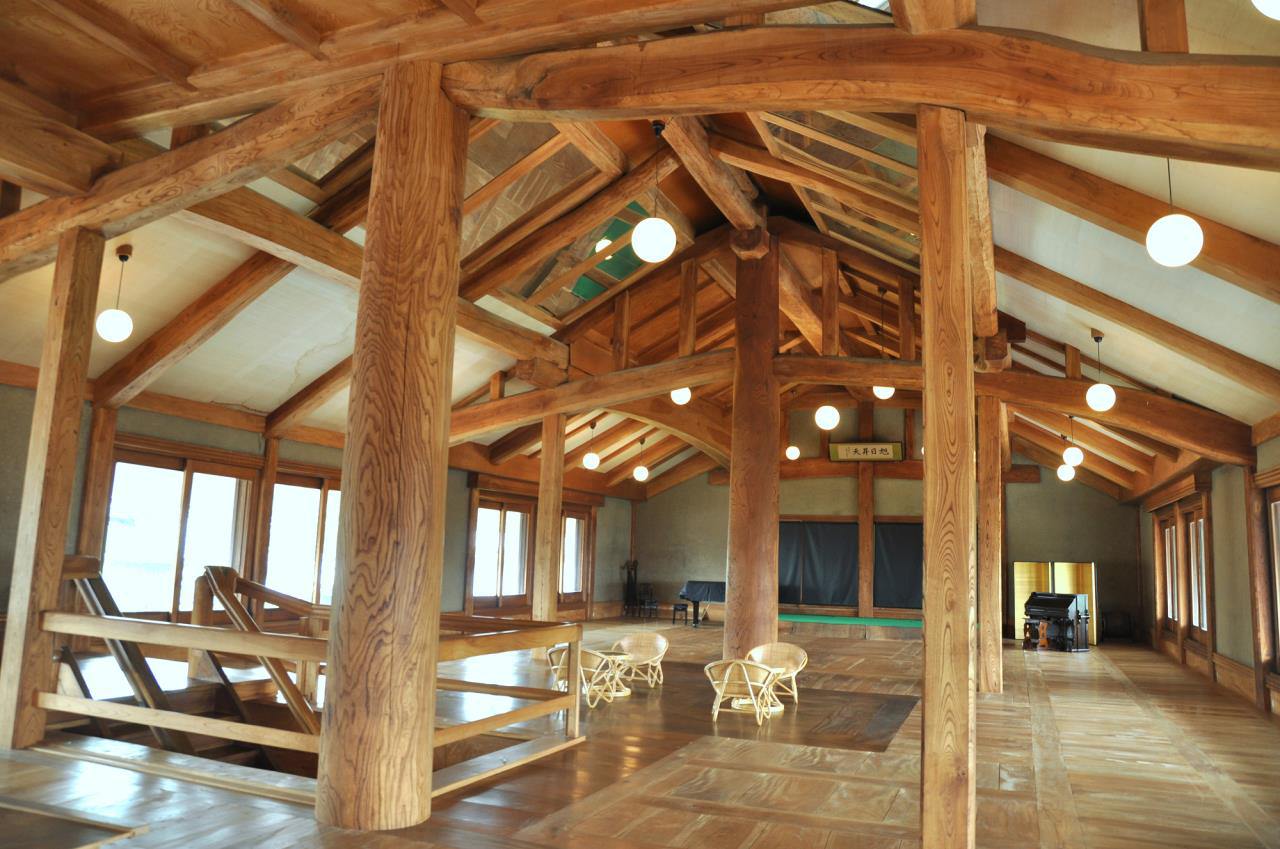
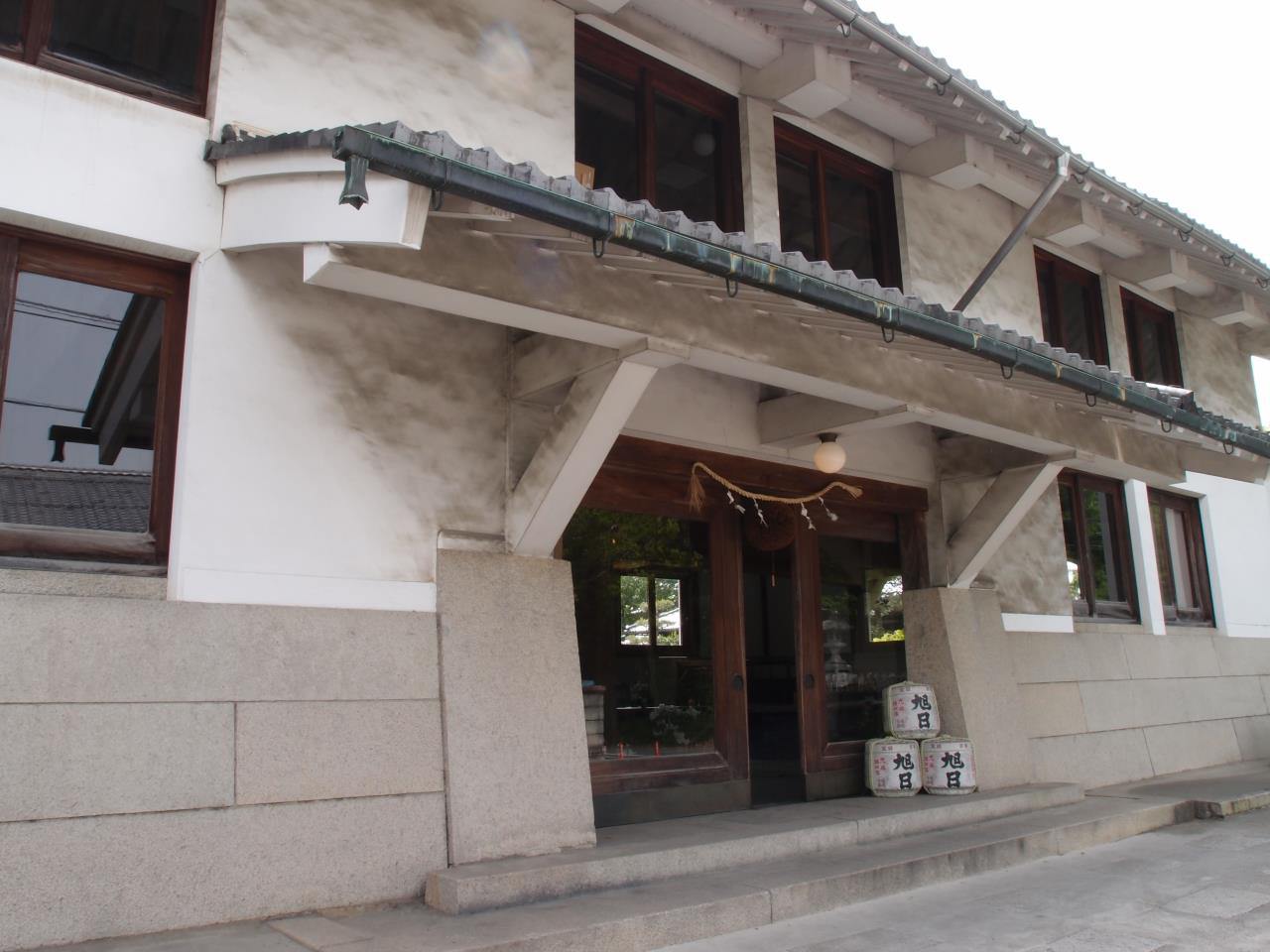
The brewery is currently promoting koshu, sake that is aged for more than 40 years.
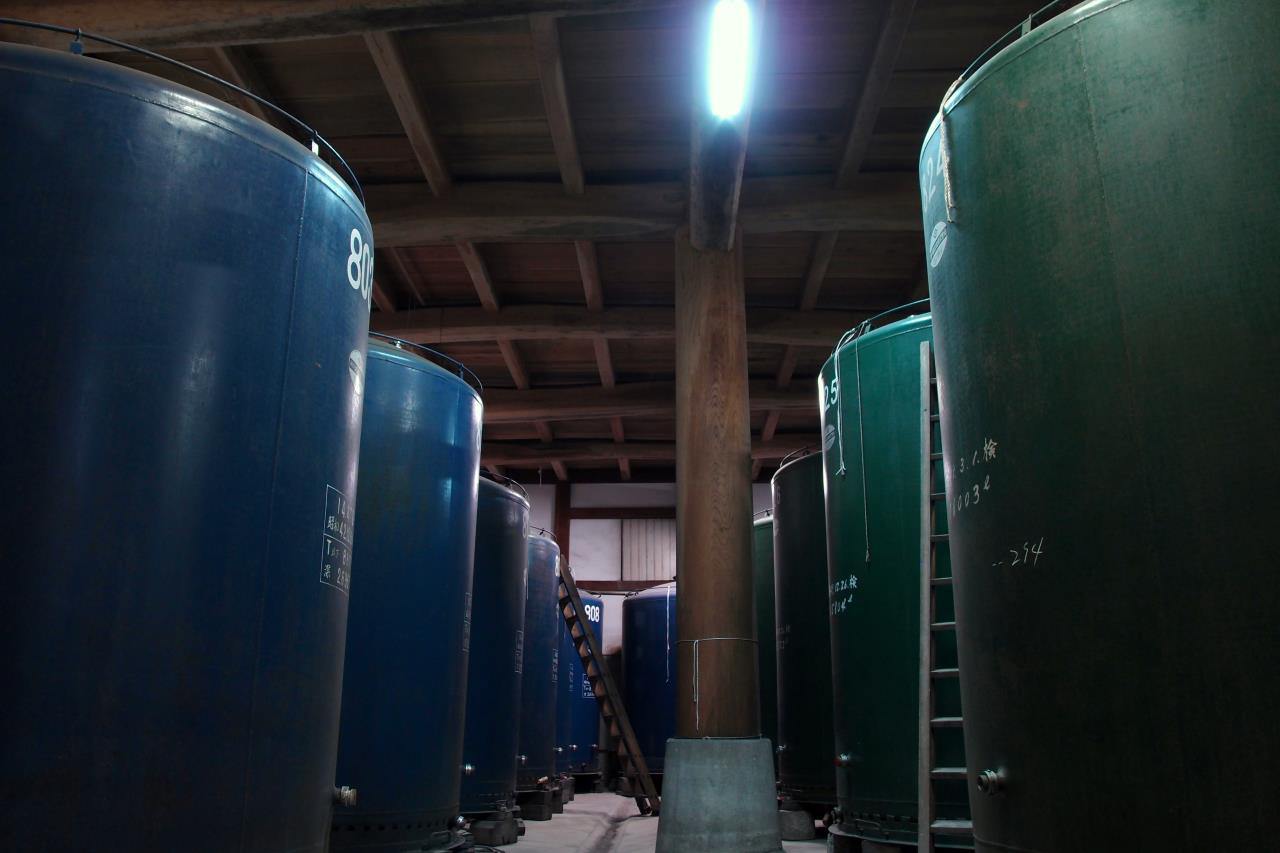
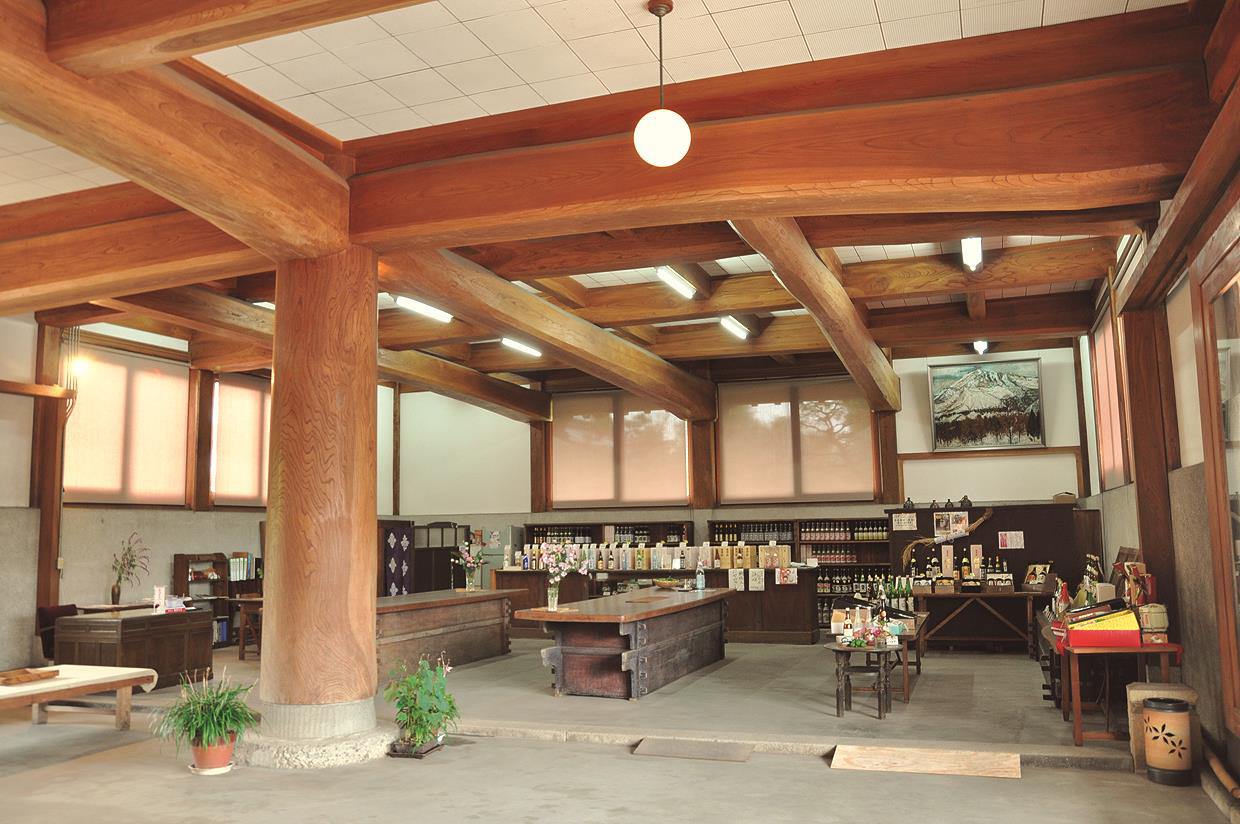
Numerous other koshu tanks can be seen in the brewery, showcasing the brewery's undying passion for fermentation. This tall building is a modern structure, but just next door, the eastern storehouse is a designated tangible cultural property (accessible by appointment only) that is well worth a view, even from the outside.

The Omi region is known for a variety of sake rice called Wataribune, and the brewery is experimenting with a new type of sake by reviving a related variety known as Tankan Wataribune. Tankan Wataribune is cultivated using Shiga Wataribune No. 6, whose rice plants grow up to 160 cm tall, and Shiga Wataribune No. 2, known as Tankan Wataribune, which itself is cultivated from Yamada Nishiki. The sake made using these ingredients has a natural yet powerful taste, and is one of the brewery's finest products. The brewery is continuing its efforts to create local sake using the natural features of the land.
Member of the Japan Prestige Sake Association
Fujii Honke
793 Nagano, Aisho-cho, Echi, Shiga Prefecture 529-1303
Hours: 9:00-18:00
Closed: Open year-round (reduced hours over the New Year’s period)
Tax free and credit card payment available
Foreign language website (PDF)
Access
Take the train from JR Kyoto Station to JR Inae Station, from where it is approx. 5 min. by car (Travel time: Approx. 55 min.)
Check also...

🥷 Walk in the Footsteps of Real Ninja: Discover Koka’s Hidden Legacy

Consider your accommodation in the Kansai area!

Restrictions on Large Baggage

Hidden Stories in Stone: Exploring Japan’s Castle Walls

Feel Like a Lord: Castle with Stunning Panorama Views
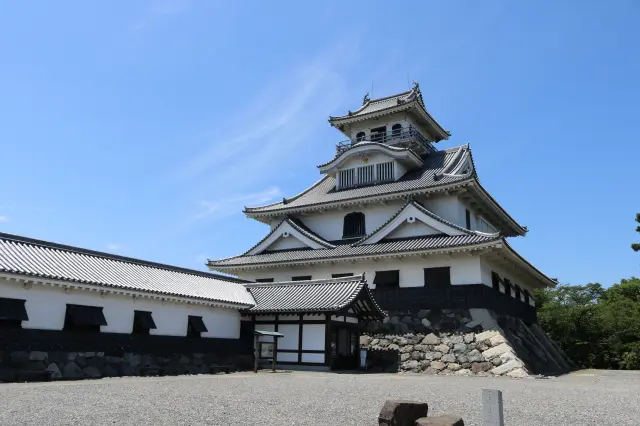
Castles of Toyotomi Hideyoshi
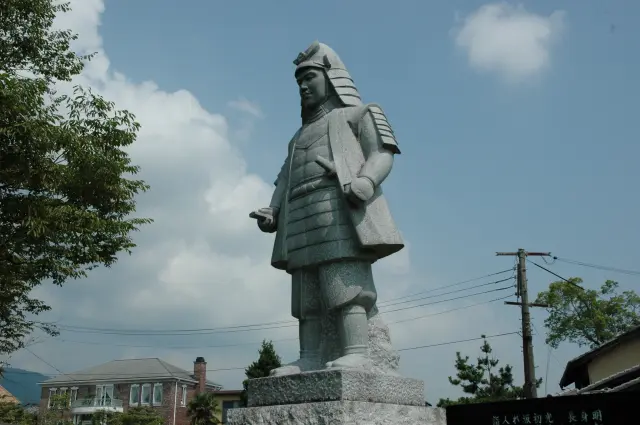
Castles of Akechi Mitsuhide
